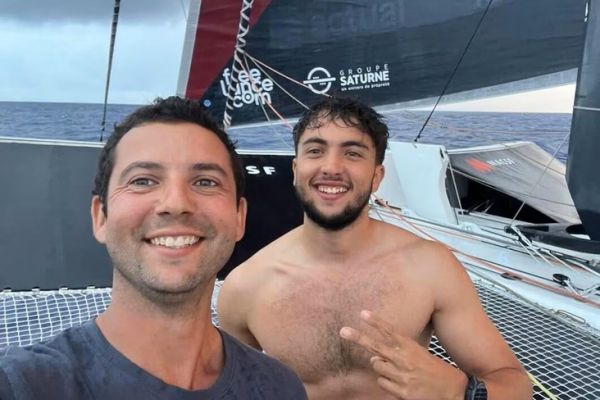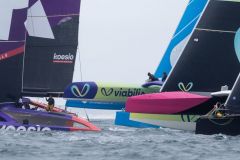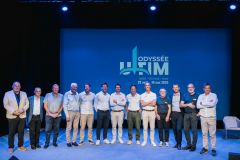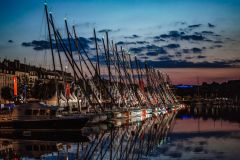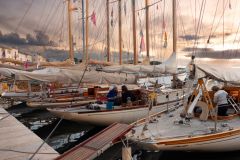Crossing the Atlantic is, for many, a seminal ordeal. A confrontation with reality, with time, with the unpredictable. For others, it's a stage. A production. A content. In between these two visions lies Inoxtag. Accompanied by sailor-adventurer Guirec Soudée, the video artist with millions of subscribers crossed the ocean, camera in hand, microphone open.
What some might call a "feat" has more to do with calibrated storytelling than with constructed nautical adventure. This is not to denigrate a young man who has committed his body, his time and his sincerity. It's just a reminder that crossing, sailing, diving or climbing âeuros on the water or in the mountains âeuros involves a different kind of relationship with life.
For as long as ocean racing has existed, celebrities from all walks of life have lent their image to skippers. Even Tabarly sailed with Brigitte Bardot and Alain Delon.
The risk is not Inoxtag. The risk is the idea of the ocean becoming a backdrop, a tool to raise brand awareness, a backdrop in the service of a quest for image. Yet the sea is a long, often invisible, sometimes thankless apprenticeship, made up of humility and knowledge. It's a land of initiation, not an arena.
At a time when boating is seeking to renew itself, when the younger generations are expected to be the future of the sector, the nautical world would be wrong to take offense. But we mustn't give up defending what makes sailing unique: the long time, the learning, the commitment, and a form of self-denial. What the ancients called the sea, not the content.

 /
/ 